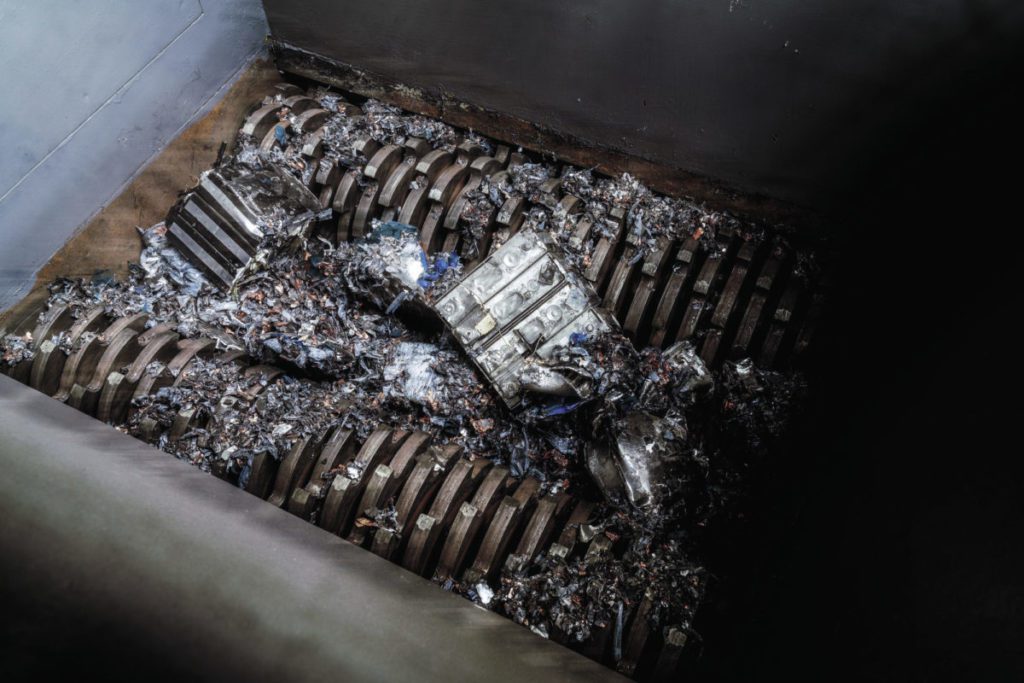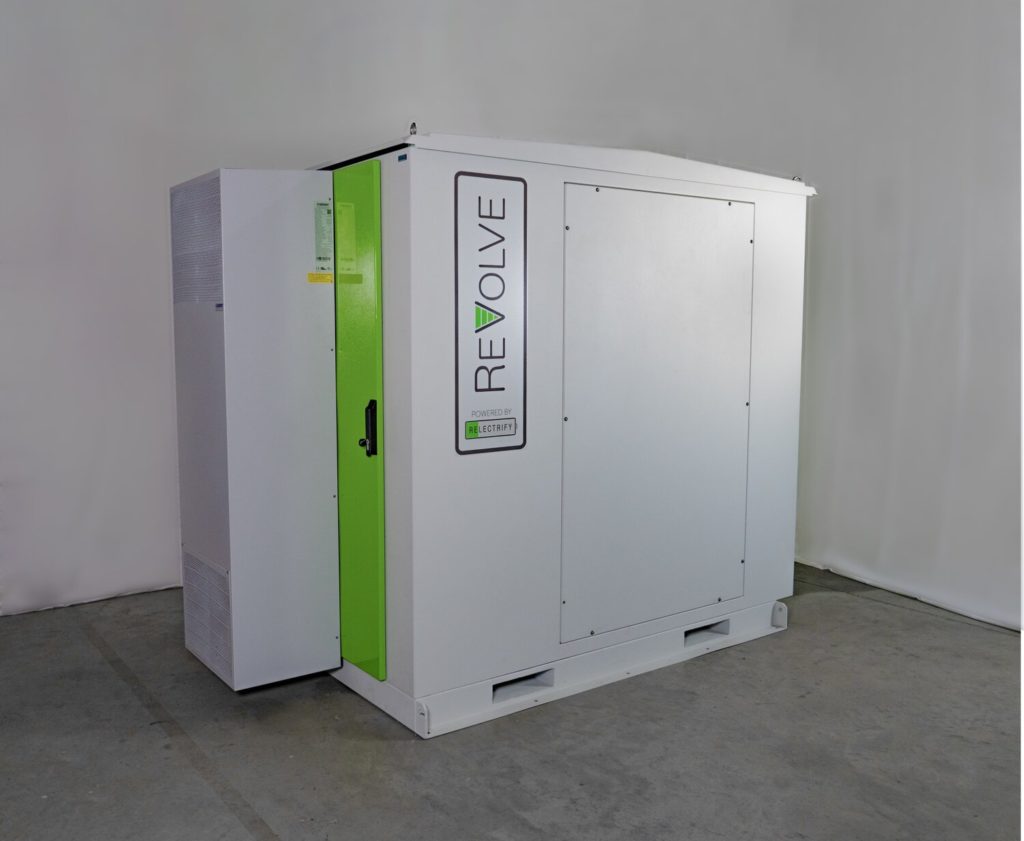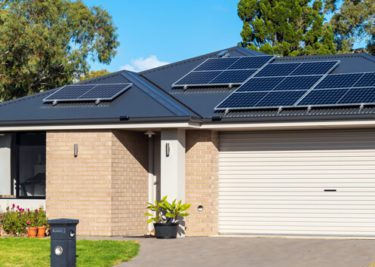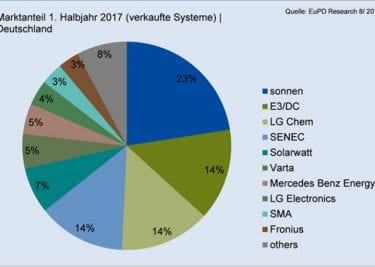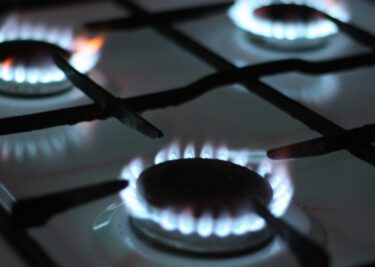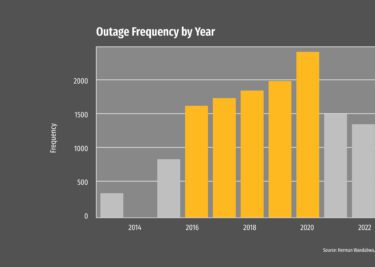Batteries are everywhere around us, they’re in our pockets, they’re in our cars and they’re in our landfill. And yet, when it comes to batteries, we’re only just crossing the border into exponential growth. According to BloombergNEF’s (BNEF) 2021 Global Energy Storage Outlook, the global energy storage market will hit the 1 TWh mark by 2030, making this the energy storage decade.
Batteries are booming, particularly the lithium-ion variety, which is the most common battery chemistry that is used in our consumer devices, like Smartphones, Tablets, Bluetooth speakers, and laptops. According to a CSIRO and Future Battery Industries Cooperative Research Centre (CRC) report, only 2% of Australia’s annual 3,300 tonnes of lithium-ion battery waste is recycled. Unfortunately, this waste is growing 20% each year and could exceed 100,000 tonnes by 2036.
However, the news isn’t all doom and gloom. Indeed, batteries can lead multiple lives and 95% of battery components can be salvaged to create new batteries or for use in other industries. And with home batteries, coupled to a rooftop solar system, and electric vehicles (EV) becoming more common, the opportunity for battery recycling when they reach their end-of-life is significant. The CSIRO concludes that there is a potential $3.1 billion Australian lithium-ion battery recycling industry.
Closing the loop
With exponential growth comes exponential responsibility, and since the battery market is still in its relative nascency, governments and organisations around the world are hurrying to close the loop on the linear economy whereby batteries are produced and then end their lives as waste.
Senior research fellow at Deakin University, Cristina Pozo-Gonzalo, says that there are three things we need to focus on when it comes to closing the loop on the linear economy to form a circular economy of energy storage. What we have to remember, says Pozo-Gonzalo, is the ‘Three R’s’: “Redesign, Repurpose, Recycle”.
Image: Duesenfeld
To spell it out using more than just Rs: There are three types of economy. A linear economy makes waste; products are made and at the end of life they are discarded into the landfill, into the oceans, basically, out of our hands. A recycling economy is when a new product can be made out of waste, although the process is energy intensive. And finally, a circular economy sees products designed with multiple lifetimes in mind.
To achieve the circular economy, argues Pozo-Gonzalo, you need three principles, firstly, to “design out waste and pollution” from the beginning to improve repurposing and recycling capabilities, secondly to “keep products and materials in use” for long periods of time through second life applications, and thirdly to “regenerate natural systems” through the recovery of raw and valuable materials from batteries at end-of-life.
Unfortunately, as Associate Professor Jo Staines, enterprise fellow at the University of Melbourne and program lead for the Future Battery Industries CRC says, Australia is in a “chick and egg” situation when it comes to lithium ion battery recycling. “The conundrum we face in Australia is that we don’t currently have the volume of spent lithium-ion batteries to justify significant investment, but we want to keep them out of landfill to prevent environmental damage and retain those valuable battery materials in our economy.”
ReinCARnation
However, to focus on recycling alone is potentially leaving out considerable value. Before recycling there is repurposing, and used batteries are by no means used-up. Indeed, EV batteries are often considered to have reached the end of their life when they’ve degraded to 80% of initial capacity, which currently takes between 8-15 years, but they can be used for a further 15 years in static storage systems.
Take Melbourne-based battery firm Relectrify, which uses second-life Nissan Leaf EV battery packs to create a 120 kWh battery energy storage product called ReVolve, and can be modulated up to 2 MWh. The CEO of the Australian Renewable Energy Agency (ARENA) Darren Miller says second-life batteries like ReVolve, “have significant potential to drive down costs … and could be rolled out in a range of applications such as solar integration, providing back-up power on farms and microgrids, deferring the need for network upgrade and replacing diesel generators.”
Image: Relectrify
Second-life systems have far more uses than that. Take Spanish manufacturer Beeplanet Factory, which reuses discarded EV batteries from its partners at Nissan and Mercedes-Benz for second-life devices up to 1 MWh in commercial and industrial applications – essentially at business properties. However, not only can these systems be used in buildings and alongside solar and wind farms and industrial sites, they can also be used as fast-charging systems for EVs along highways, where the electricity network either cannot reach or cannot alone handle the electricity draw down fast charging requires.
Of course, repurposing batteries means their precious metals cannot be reclaimed as quickly as some manufacturers hungry for battery materials would like, but the batteries themselves certainly have a lot of use left in them.
Supply shortage drives recycling
One of the more unexpectedly serendipitous findings of the International Energy Agency’s (IEA) ten-year forecast of the EV market, “Global EV Outlook 2020”, was that the supply shortage of battery materials (which has only worsened in 2021 much like most other supply chains), would actually promote and motivate battery recycling efforts and research.
Michael O’Kronley, CEO of U.S. company Battery Resourcers (sic), told Forbes that “Battery manufacturers see that they need materials to go back into them, that it just doesn’t make sense to keep importing these metals and materials from Asia.”
Of course, when it comes to recycling batteries there is all manner of techniques and all manner of recycled products. However, Australia currently has no national plan for recycling the waste for renewable energy products, though just such a plan is the directive of industry-led initiative the Battery Stewardship Council (BSC).
BSC chief executive Libby Chaplin told the ABC that it remains “up to the individual companies at the moment to recover the battery through their own take-back programs … in the longer term, we definitely need a much more strategic approach to these batteries. We have a little time, but not much. Those battery materials are precious. We need to ensure that we’re recovering those and putting them back into the remanufacturing process so that by the time we get to 2050, we haven’t run out of our stocks.”
Batteries, and in particular lithium-ion batteries, are becoming an increasingly common part of our everyday lives. And as their usage expands, battery manufacturers and the fast-growing industries that are deploying them are awake to the need to capture the value that older batteries present. Whether re-used, recycled or re-designed, there needs to be programs put in place to ensure that value (and our environment) is not lost. The good news is that we have the capability to design battery systems for multiple lives, and considering how much storage is going to be needed, we’ll need them to live those lives to the fullest.

